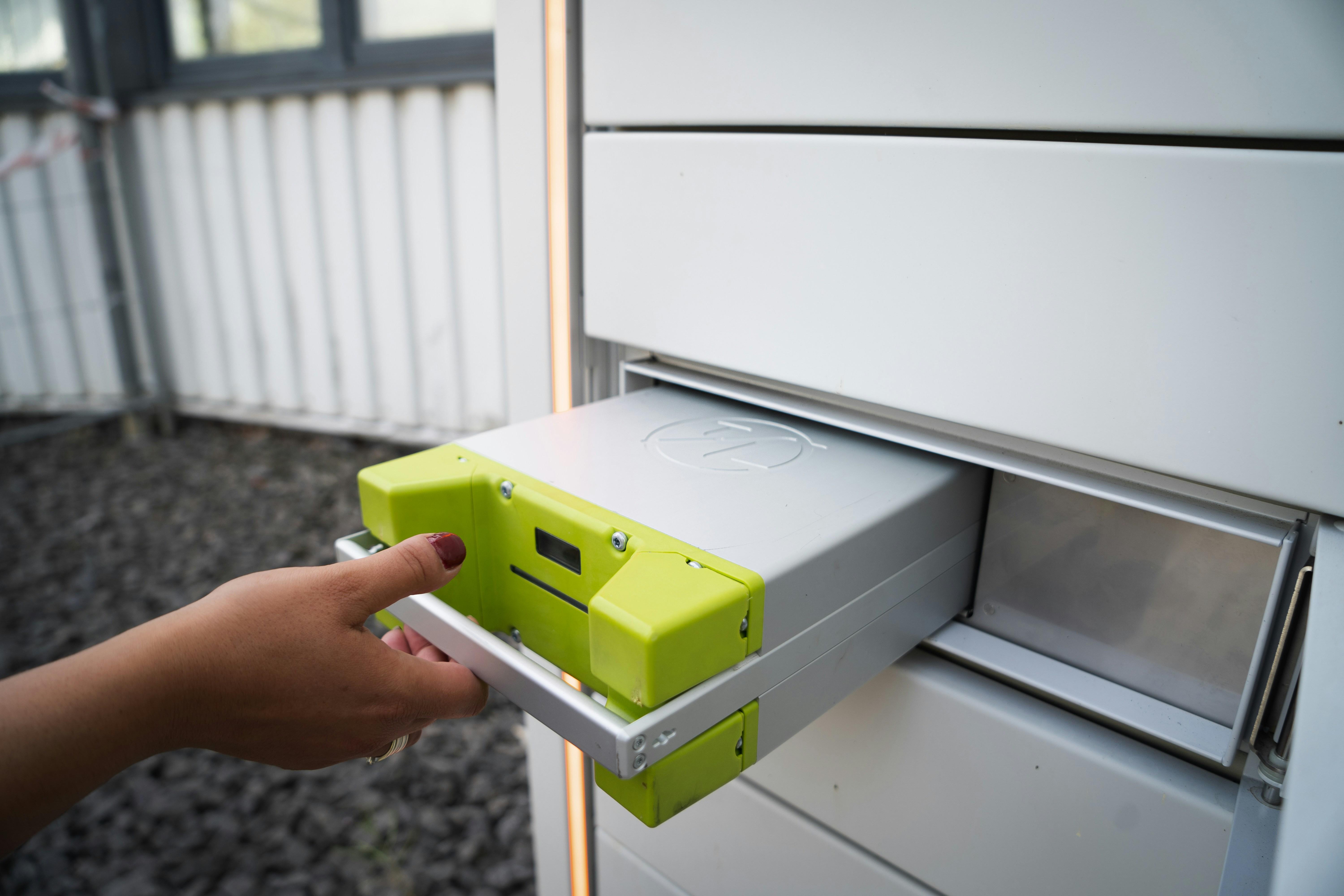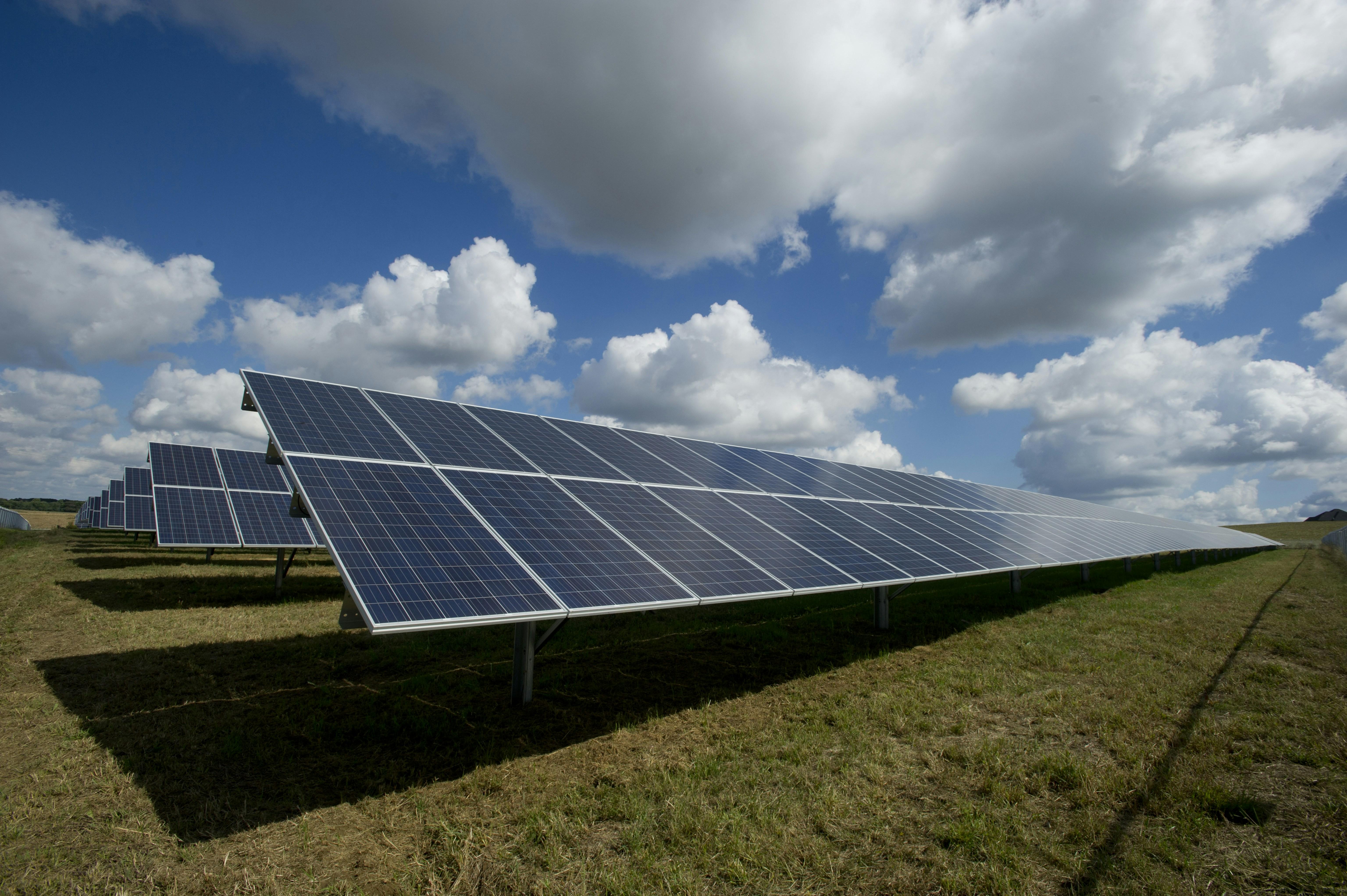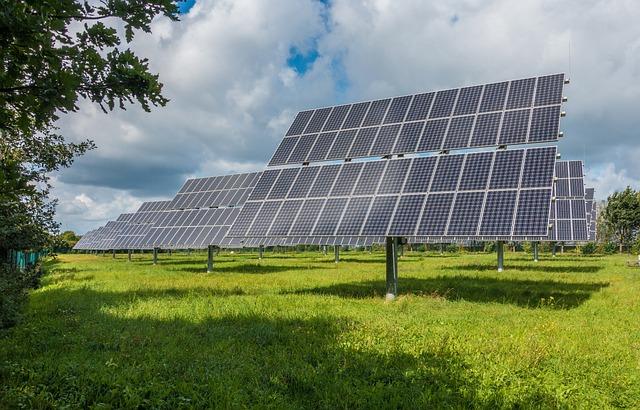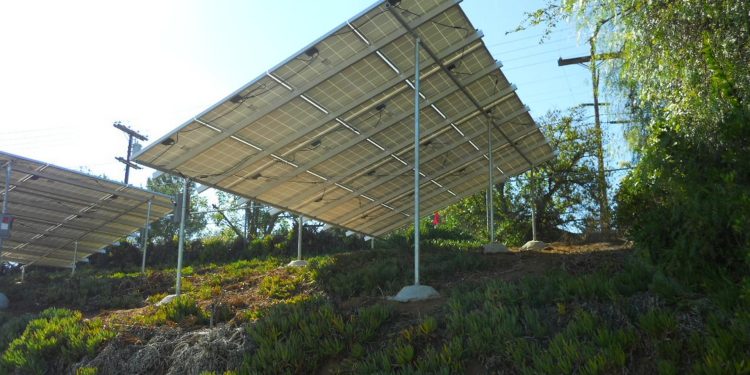In a world increasingly fraught with environmental uncertainties and power grid vulnerabilities, the question of energy reliability looms larger than ever. As we find ourselves at the intersection of technological advancement and ecological concern, residential solar systems have emerged as a beacon of hope for sustainable energy solutions. Yet, as we bask in the glow of this renewable promise, a critical question arises: Are these sun-harnessing marvels truly dependable when emergencies strike? This article delves into the intricate dance between nature’s caprices and human ingenuity, exploring the resilience of residential solar systems when the unexpected unfolds. From storm-induced outages to unforeseen calamities, we unravel the truth behind solar reliability in times of crisis, shedding light on both its strengths and limitations.
Evaluating Solar System Durability During Power Outages
In times of emergency, when the grid power is unreliable, residential solar systems can offer a beacon of hope, but their durability and reliability come into question. To assess their effectiveness, it’s crucial to understand how these systems operate during power outages. Solar panels generate electricity, but without the right setup, this energy cannot be used if the grid is down. Herein lies the importance of incorporating battery storage and inverters that can operate independently of the grid. Without these, the system is akin to having a well without a bucket—plenty of potential, but inaccessible in crucial moments.
Consider the following factors when evaluating solar system durability during outages:
- Battery Storage Capacity: The heart of a resilient solar system, ensuring energy is available when sunlight isn’t.
- Inverter Type: Hybrid inverters are ideal for seamlessly switching between grid and solar power.
- System Size: A larger system can generate more power, providing a buffer during prolonged outages.
- Maintenance and Upkeep: Regular checks can prevent issues that might render the system ineffective in emergencies.
By addressing these aspects, homeowners can enhance the reliability of their solar systems, ensuring they stand as a robust alternative when conventional power sources falter.

The Role of Battery Storage in Enhancing Solar Reliability
In the quest for enhanced reliability of residential solar systems, battery storage emerges as a pivotal player. By storing excess solar energy generated during the day, batteries provide a critical backup that can be tapped into during power outages or when the sun isn’t shining. This capability transforms a simple solar setup into a resilient energy solution, ensuring homeowners have access to electricity when they need it most. As the reliance on solar energy grows, integrating battery storage not only maximizes energy efficiency but also offers a safety net during emergencies.
- Energy Independence: Battery storage allows homeowners to harness solar power even when the grid is down.
- Cost Savings: By storing excess energy, households can reduce reliance on the grid during peak hours, potentially lowering utility bills.
- Environmental Impact: Using stored solar energy reduces the need for fossil fuel-based power during outages.
As battery technology continues to advance, these systems become more efficient and affordable, encouraging wider adoption. Homeowners are empowered with a sustainable solution that bolsters both their energy security and environmental stewardship, making battery storage an indispensable component of modern solar systems.

Understanding Maintenance Needs for Optimal Emergency Performance
Ensuring your residential solar system is ready to perform during emergencies requires a comprehensive understanding of its maintenance needs. Regular inspections and preventative care are crucial to maximizing the system’s reliability when the unexpected occurs. Start by checking the integrity of solar panels, as even minor damages can impact performance. Dust and debris accumulation can also diminish efficiency, so it’s important to schedule periodic cleanings. Keep an eye on the inverter, the system’s workhorse, ensuring it’s free of error codes and functioning correctly.
Beyond routine upkeep, consider creating a maintenance checklist that includes:
- Examining wiring connections for any signs of wear or corrosion.
- Monitoring battery storage systems for optimal charge levels and temperature.
- Updating software and firmware to maintain compatibility and enhance system functionality.
By addressing these elements, homeowners can bolster the reliability of their solar systems, ensuring they remain a steadfast resource when traditional power sources falter.

Choosing the Right Solar Setup for Emergency Preparedness
When planning for emergencies, selecting an optimal solar setup is crucial to ensure continuous power. Assessing your energy needs is the first step. Consider what appliances and systems are essential during a power outage. Do you need to power only basic lighting and communication devices, or do you also require heating, refrigeration, and medical equipment? This will help determine the size and capacity of your solar system.
Next, focus on choosing the right components for your setup. A few key considerations include:
- Solar Panels: Opt for high-efficiency panels that maximize energy capture even in low sunlight conditions.
- Inverter: Ensure your inverter is capable of converting enough power for your emergency needs.
- Battery Storage: Invest in reliable battery storage to maintain power during nighttime or cloudy periods.
- Portability: Consider portable solar generators if flexibility and mobility are important for your preparedness plan.
By thoughtfully selecting these components, you can create a solar system that provides peace of mind and resilience during unexpected power disruptions.
Closing Remarks
In the grand tapestry of energy solutions, residential solar systems stand as a promising thread, woven with the potential to illuminate our homes even when darkness threatens. As we’ve explored, their reliability in emergencies is both a testament to technological advancement and a reminder of the inherent unpredictability of nature. While solar panels offer a beacon of hope during power outages, they also prompt us to consider the broader landscape of energy resilience and preparedness. Whether embraced as a primary power source or a complementary safeguard, these systems encourage us to envision a future where self-sufficiency and sustainability walk hand in hand. As we close this chapter on solar reliability, the narrative remains open-ended, inviting innovation and adaptation to shine through in the chapters yet to be written.

































